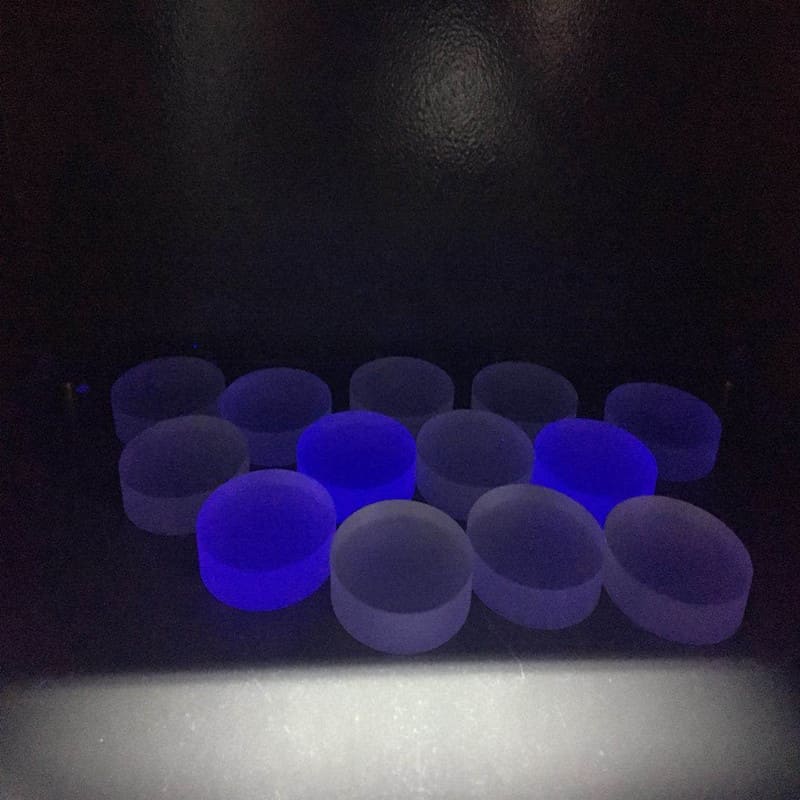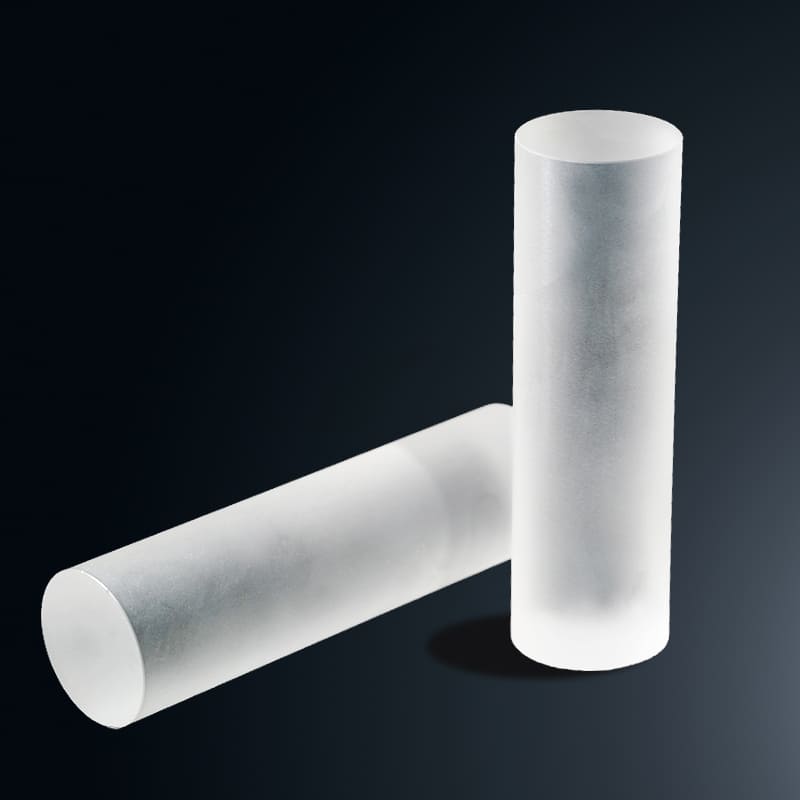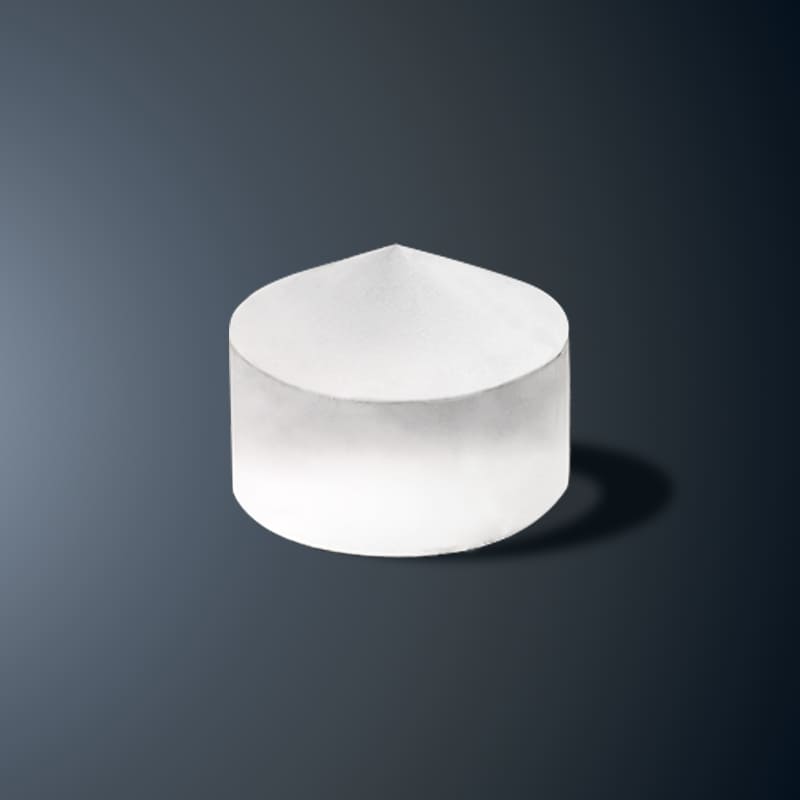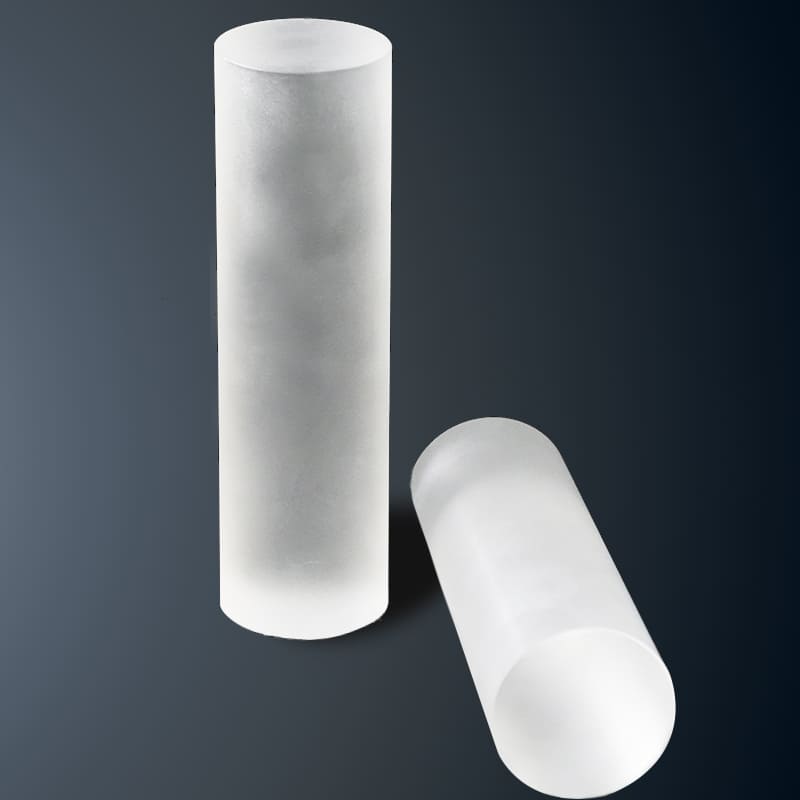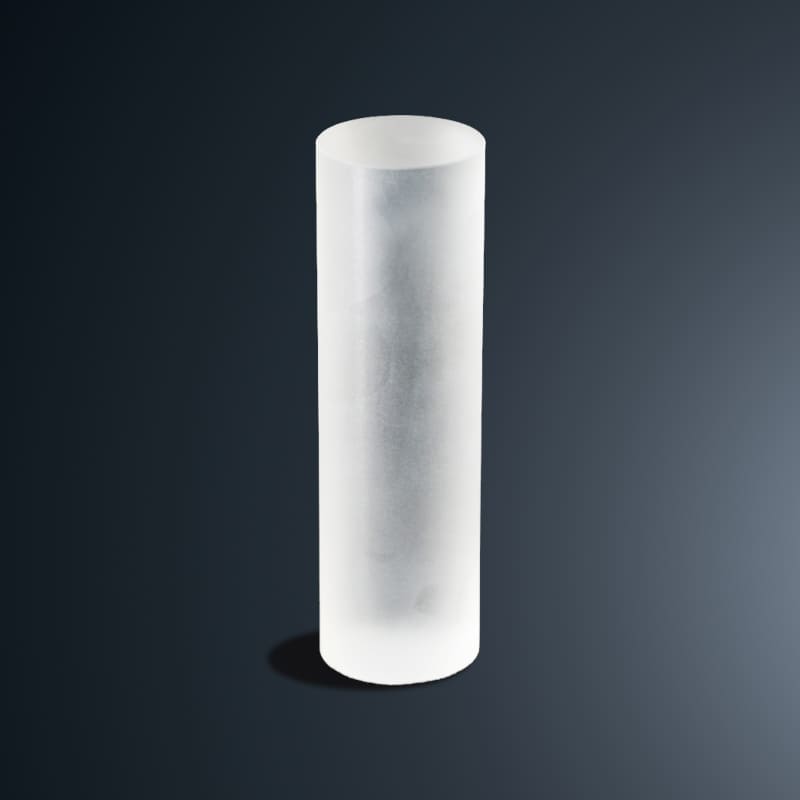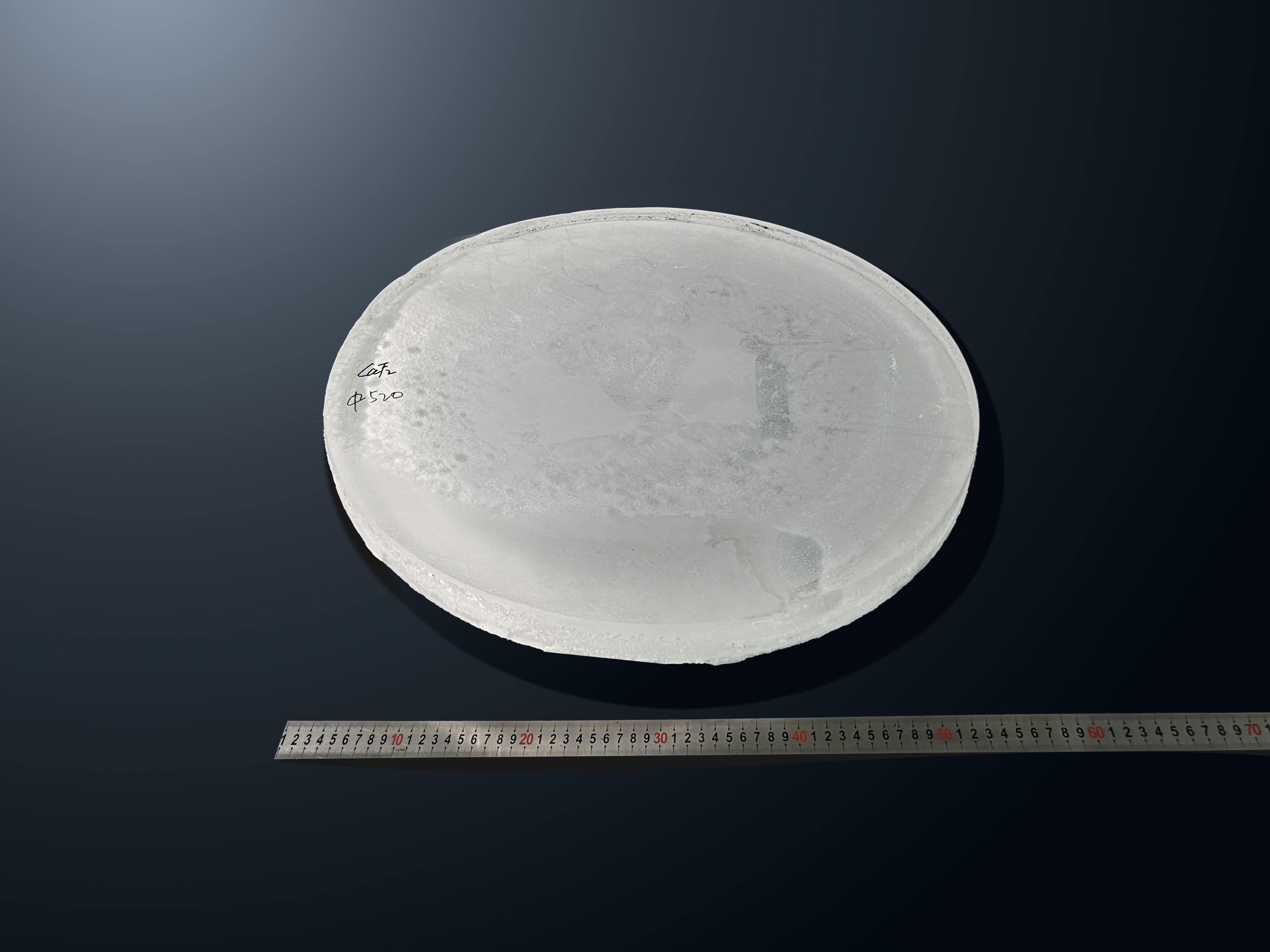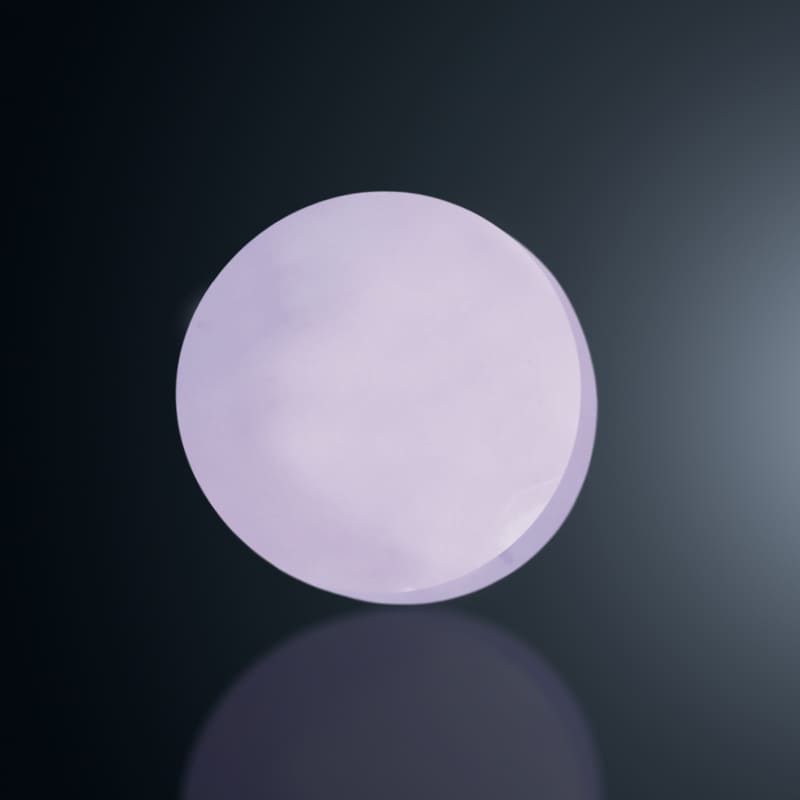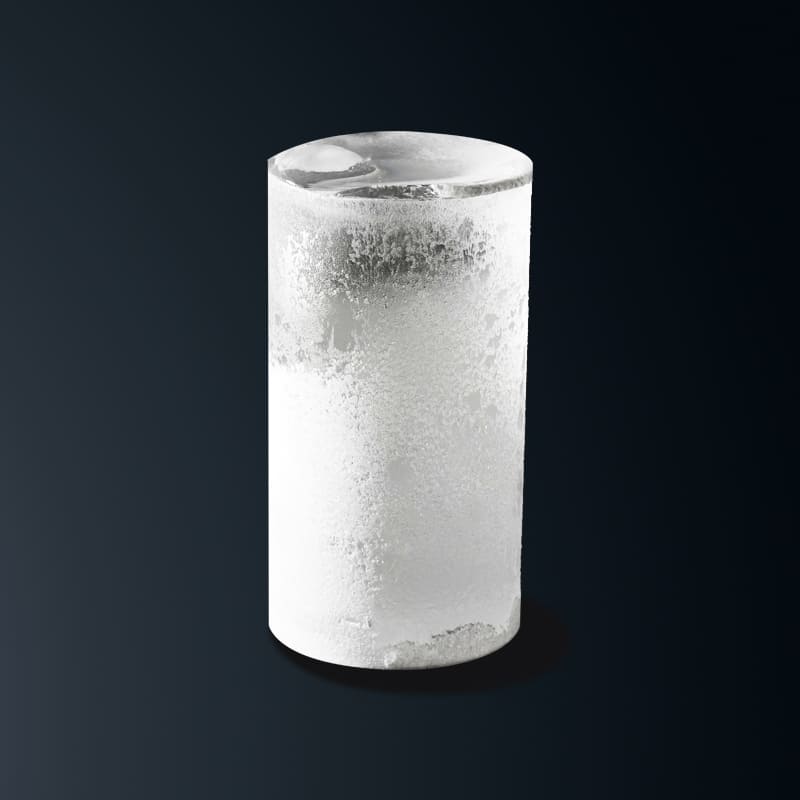ρ = m / V
Among them, m represents the mass per unit cell, and V represents the volume per unit cell.
The mass per unit cell (m) can be calculated by the molar mass and quantity of all atoms in the cell. For calcium fluoride (CaF2), each crystal cell contains 1 calcium atom (Ca) and 2 fluorine atoms (F).
Therefore, the mass of a unit cell can be expressed as:
M=(molar mass Ca x atomic number Ca)+(molar mass F x atomic number F)
m = (40.078 g/mol × 1) + (18.9984032 g/mol × 2)
m = 40.078 g/mol + 37.9968064 g/mol
m = 78.0748064 g/mol
The volume per unit cell (V) can be calculated using the cell parameter (a). For calcium fluoride crystals with a face centered cubic structure, the cell parameter a is usually equal to the lattice constant.
The volume V can be calculated using the following formula: V=a ^ 3
However, to obtain accurate calcium fluoride crystal density, experimental measurements are usually required. This is because the density of crystals may be influenced by physical factors such as preparation method, purity, crystal structure, and temperature and pressure.
The above is an answer to how to calculate the density of calcium fluoride crystals. We hope it is helpful to you. If you have any questions, please feel free to consult online or leave a message.

